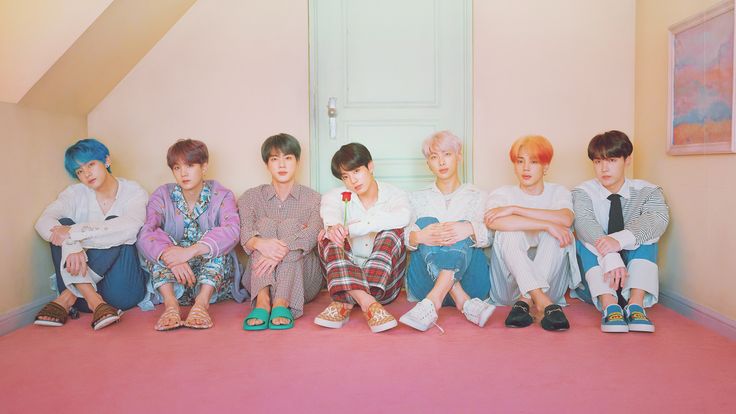If you’re starting your journey to learn Korean, one of the first things you’ll want to master is basic Korean phrases. Knowing these phrases will help you communicate effectively in everyday situations, whether you’re traveling to Korea, talking to Korean friends, or engaging in basic conversations. In this post, we’ll introduce some essential phrases that will lay a strong foundation for your Korean learning.

1. Hello / Hi – 안녕하세요 (Annyeonghaseyo)
This is one of the first Korean phrases that everyone should learn. “안녕하세요” (Annyeonghaseyo) is a polite and formal way to say hello. It is appropriate for almost all situations, especially when meeting someone for the first time or greeting people you don’t know well. If you are speaking informally to close friends or younger people, you can simply say “안녕” (Annyeong).
2. Thank you – 감사합니다 (Gamsahamnida)
When you want to express gratitude, the phrase “감사합니다” (Gamsahamnida) is the go-to expression. It is polite and commonly used when thanking someone for a favor, gift, or kindness. If you’re speaking in a more casual setting or to people you’re close with, you can use “고마워” (Gomawo).
3. Sorry – 죄송합니다 (Joesonghamnida)
If you need to apologize, “죄송합니다” (Joesonghamnida) is the standard way to say sorry in a formal setting. It’s used when you’ve made a mistake or inconvenienced someone. For informal situations with friends, you can say “미안해” (Mianhae).
4. Yes – 네 (Ne)
To show affirmation, you’ll use “네” (Ne), which means “Yes” in Korean. It’s a polite response when you want to agree with someone or show understanding. In some casual situations, you can also use “응” (Eung) with close friends or younger people.
5. No – 아니요 (Aniyo)
When you need to decline or disagree, you can use “아니요” (Aniyo), which means “No.” This is the polite form of “No,” and is used in more formal situations. In informal contexts, you can say “아니” (Ani) to express a more casual no.
6. How much is this? – 이거 얼마에요? (Igeo eolmaeyo?)
If you’re shopping in Korea, this phrase will come in handy. “이거 얼마에요?” (Igeo eolmaeyo?) means “How much is this?” and will be useful when you’re asking for the price of an item. It’s a polite way to inquire about prices in stores, markets, or restaurants.
7. Excuse me – 실례합니다 (Sillyehamnida)
If you need to get someone’s attention or pass by someone, “실례합니다” (Sillyehamnida) is the phrase you use. It’s a polite expression that literally means “Excuse me” or “Excuse my rudeness,” commonly used when interrupting or trying to get someone’s attention.
8. Goodbye – 안녕히 가세요 (Annyeonghi gaseyo) / 안녕히 계세요 (Annyeonghi gyeseyo)
There are two ways to say goodbye in Korean, depending on whether the other person is leaving or staying. “안녕히 가세요” (Annyeonghi gaseyo) is used when the other person is leaving, and “안녕히 계세요” (Annyeonghi gyeseyo) is used when the other person is staying.
9. I don’t understand – 이해하지 못해요 (Ihaehaji mothaeyo)
When you’re having trouble understanding something in Korean, you can say “이해하지 못해요” (Ihaehaji mothaeyo), which means “I don’t understand.” It’s a useful phrase when you want to politely inform someone that you need clarification.
10. Where is the bathroom? – 화장실 어디에요? (Hwajangsil eodieyo?)
In case you need to ask for the bathroom in Korea, this phrase will be very useful. “화장실 어디에요?” (Hwajangsil eodieyo?) means “Where is the bathroom?” and will help you find a restroom when you’re in need.

Why Learning Basic Phrases is Important
Learning these basic Korean phrases will not only help you communicate with others, but it will also boost your confidence as you navigate through everyday situations in Korea. Whether you’re a tourist, a student, or a future K-pop enthusiast, having a basic understanding of Korean phrases will enhance your experience.
Start using these phrases in conversations, and don’t be afraid to make mistakes. Practice makes perfect, and soon you’ll feel more comfortable speaking Korean in real-life situations.
Conclusion: Keep Practicing!
To successfully learn Korean, consistency is key. Practice these phrases daily, and over time, you’ll notice improvement in your language skills. Don’t forget, Say Hangul is here to guide you on your Korean learning journey. Stay motivated, and keep learning with us!




